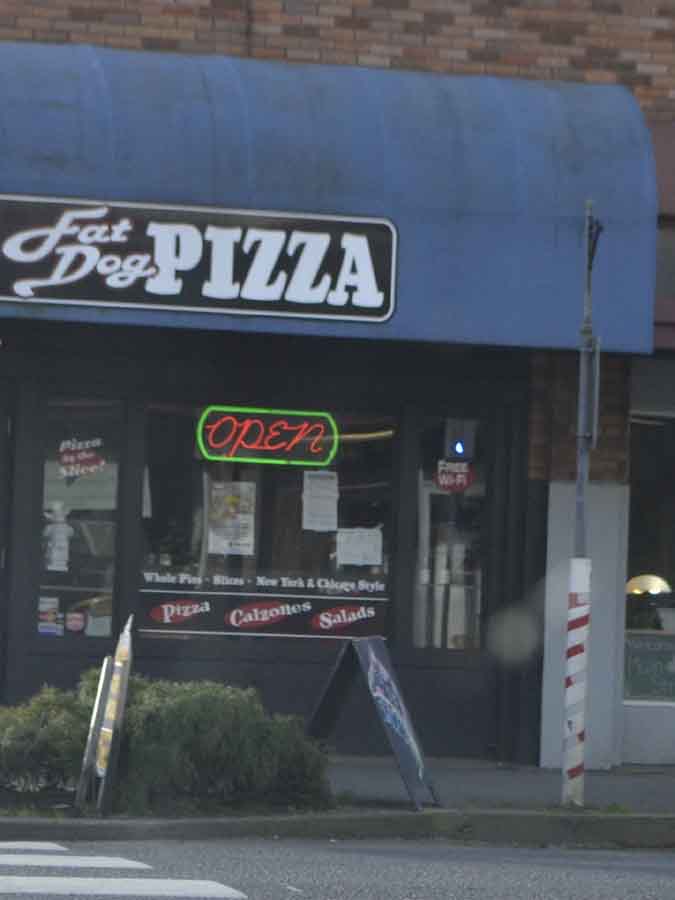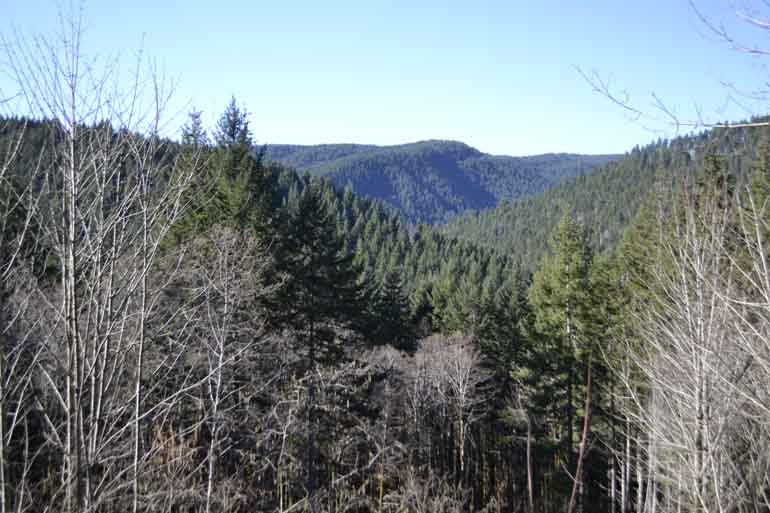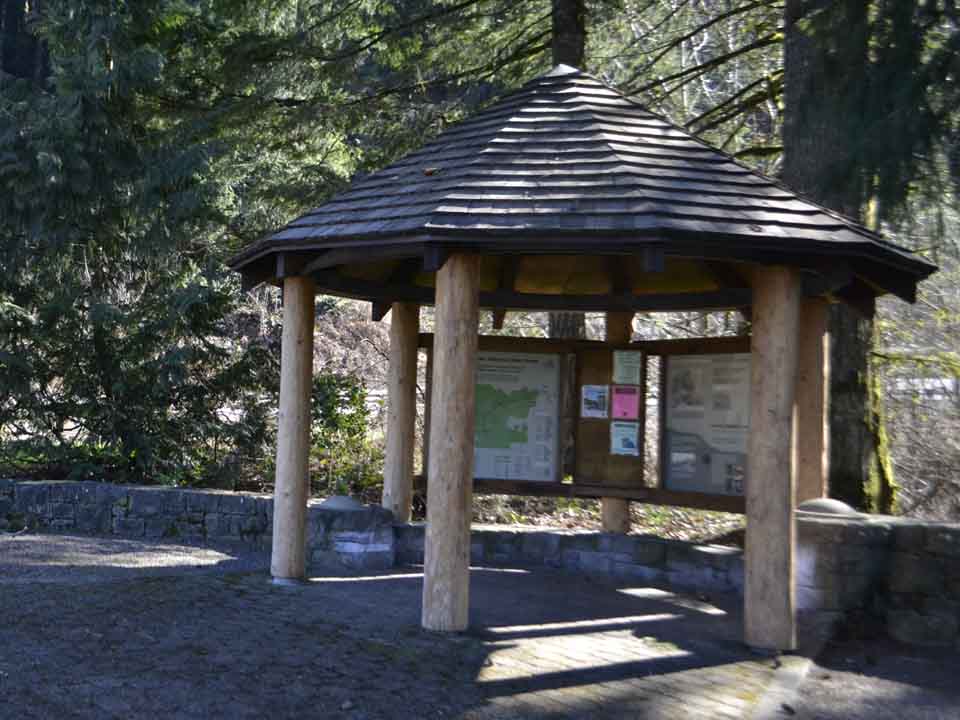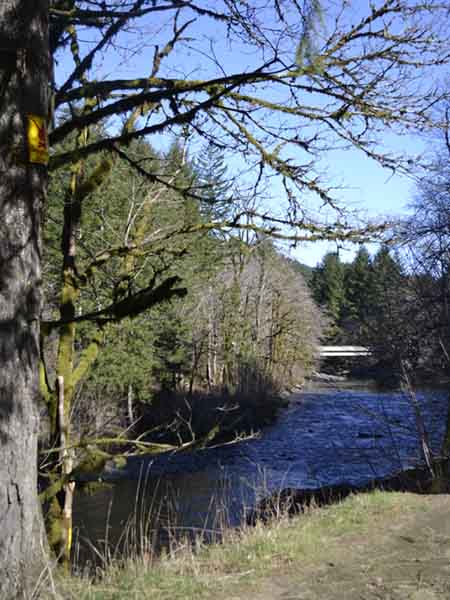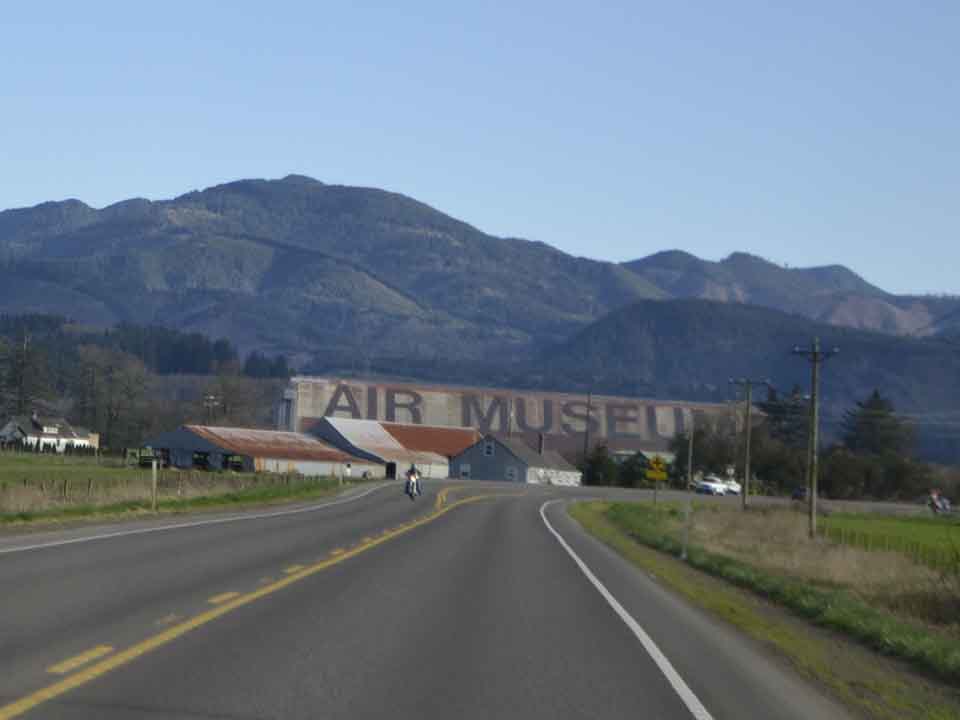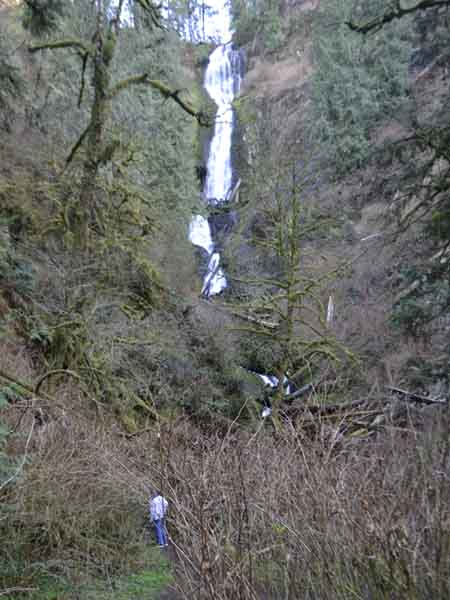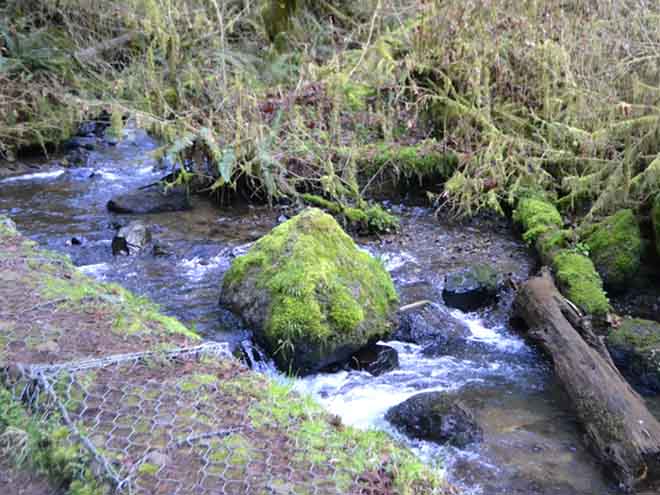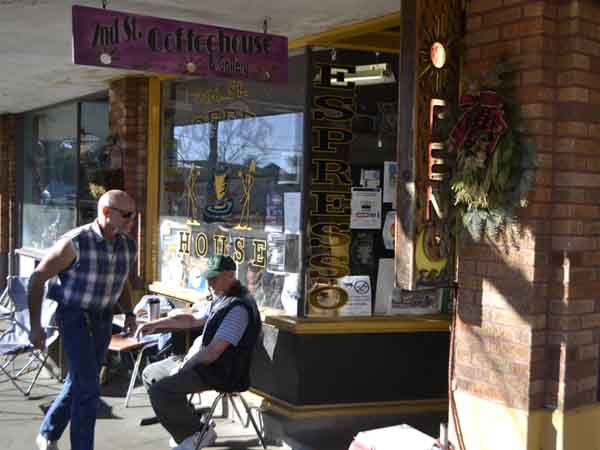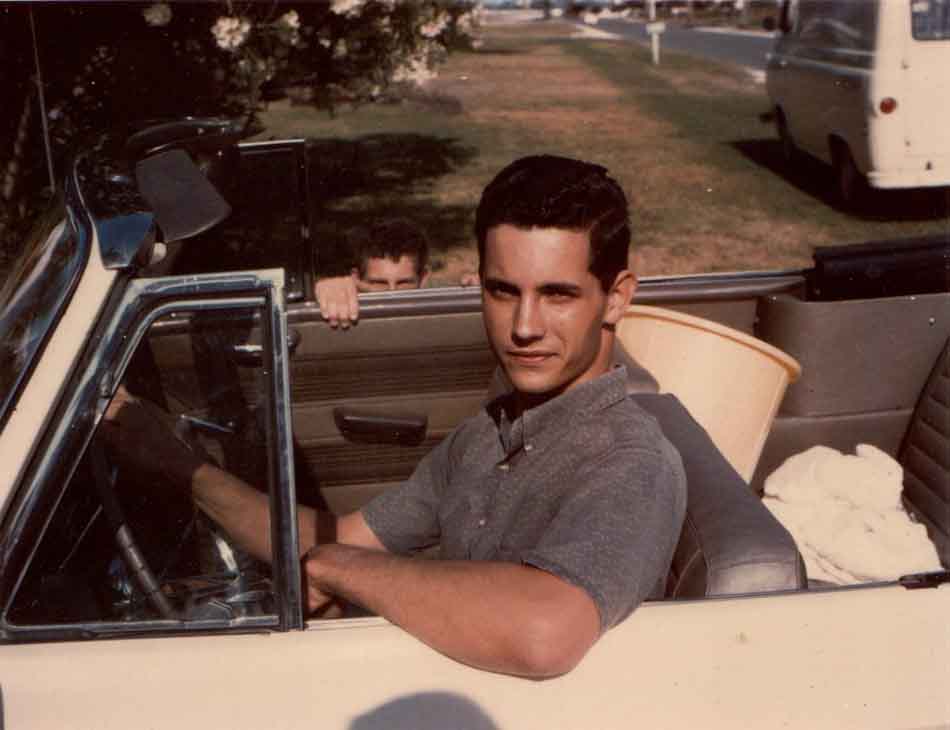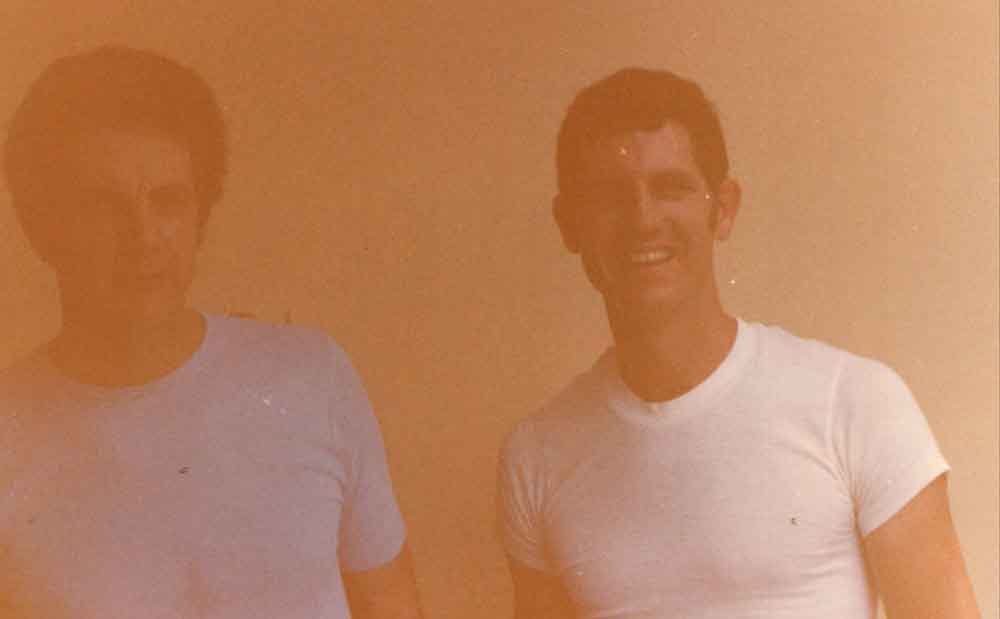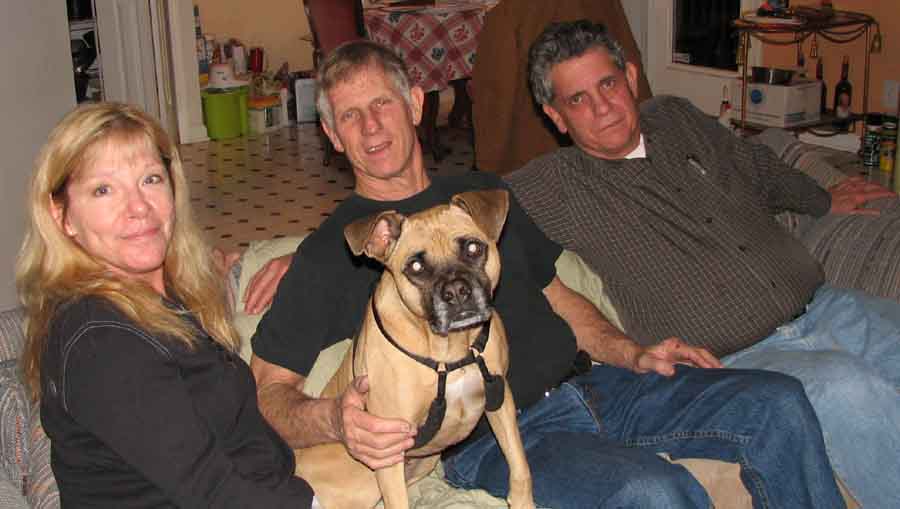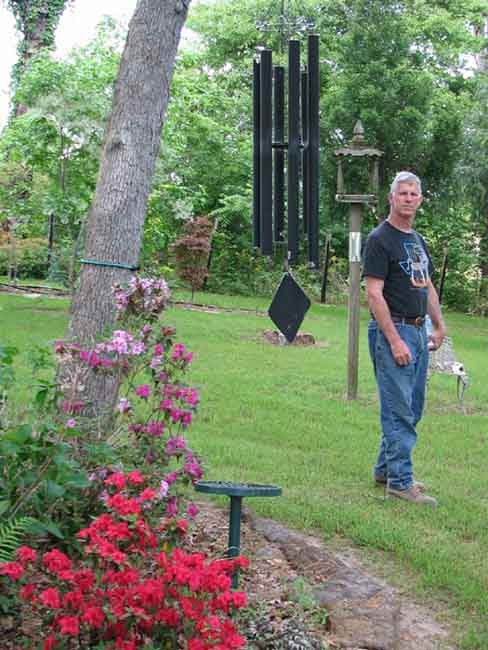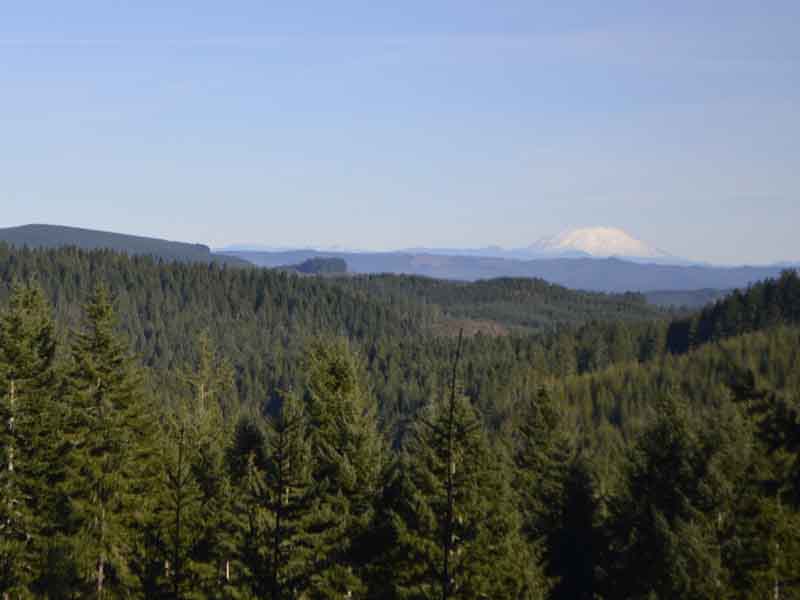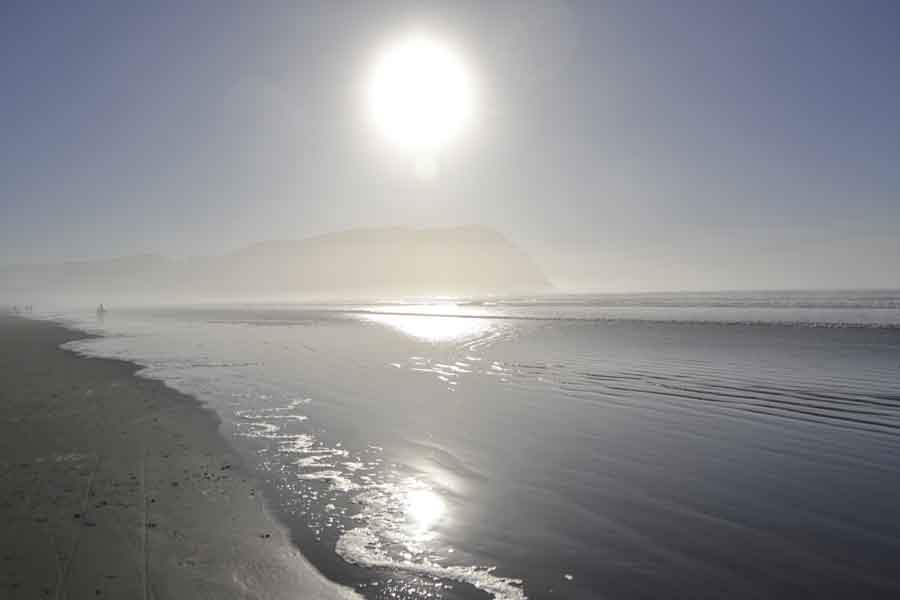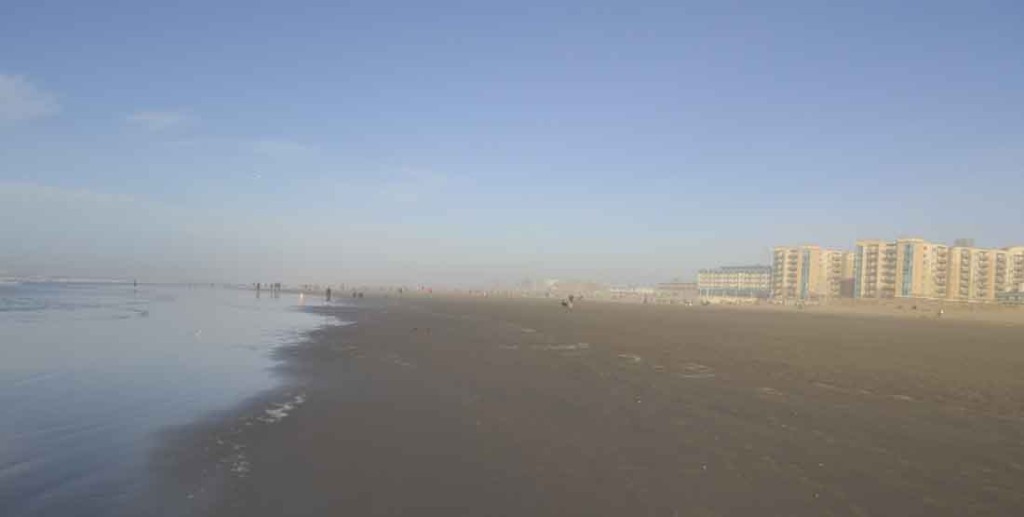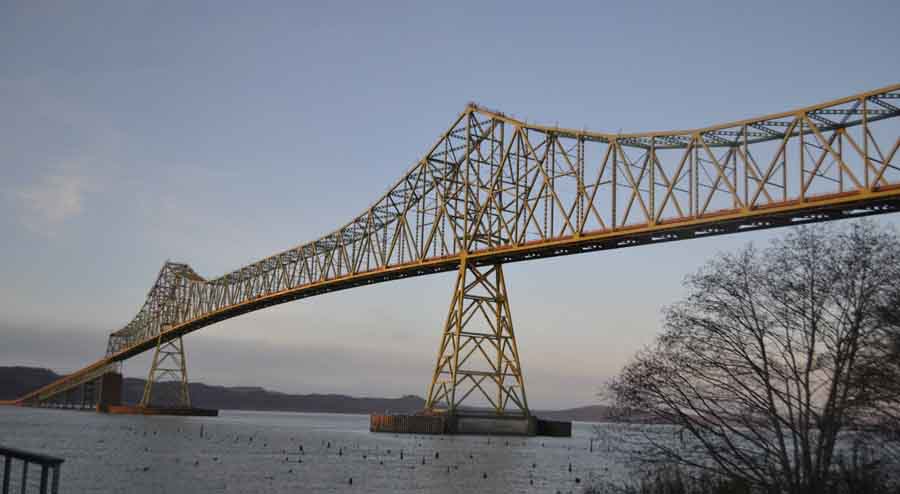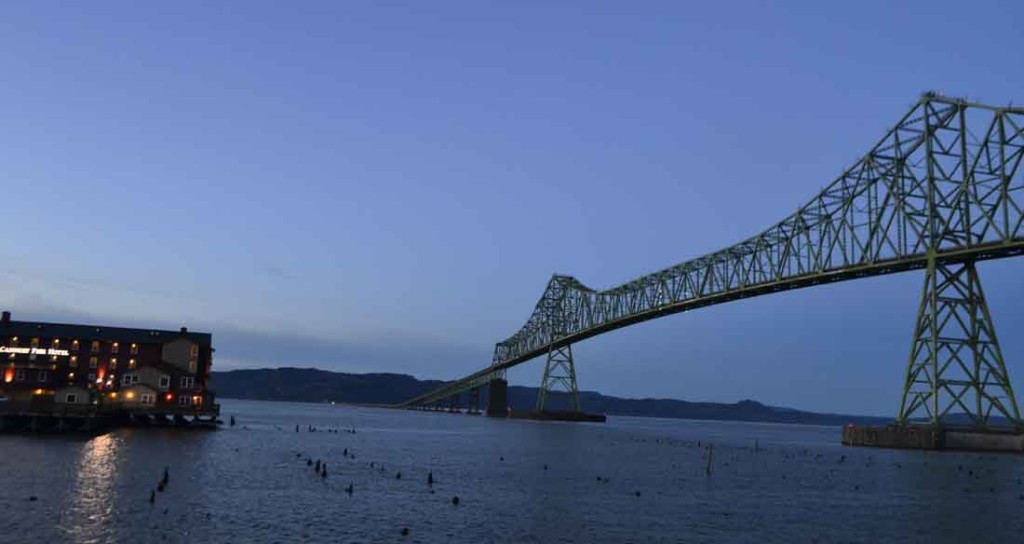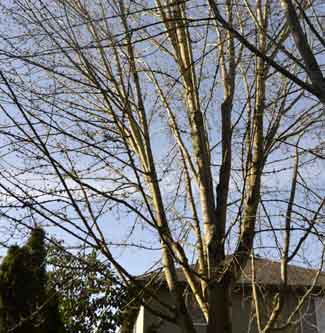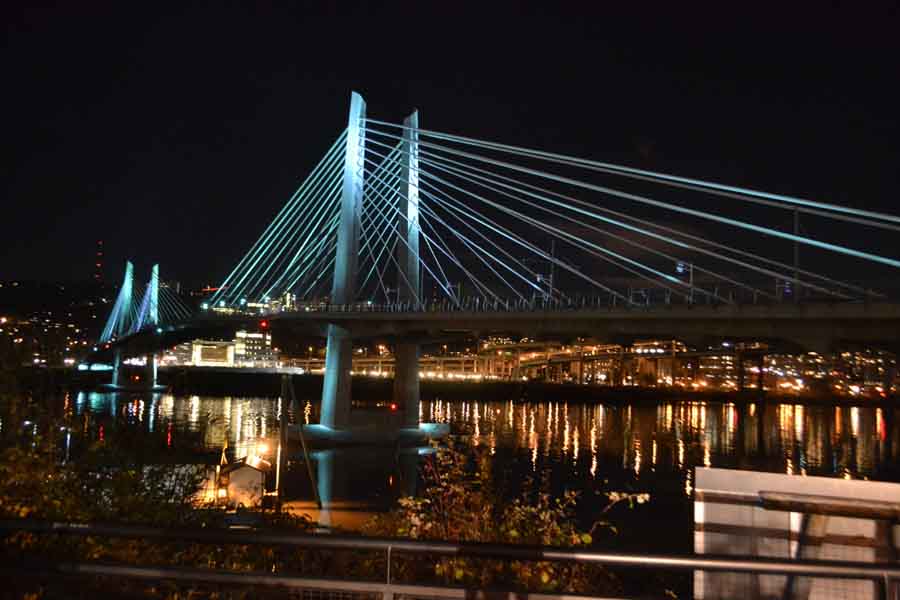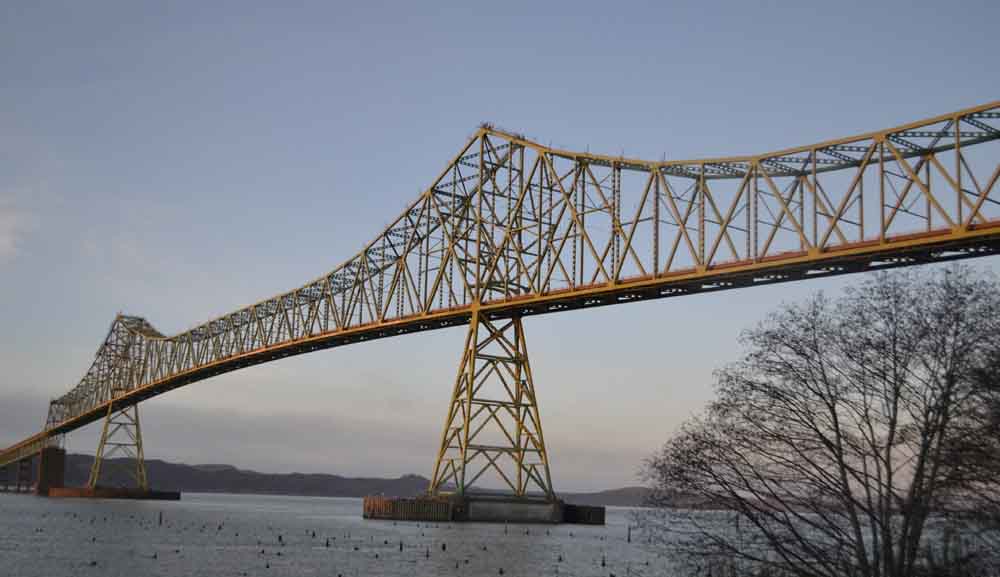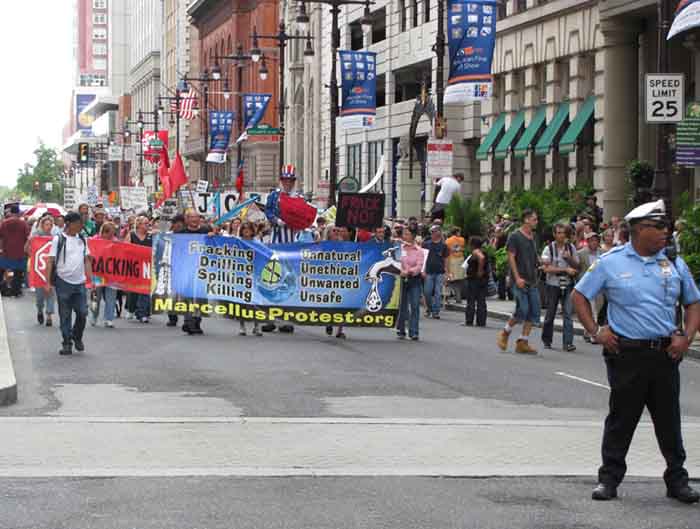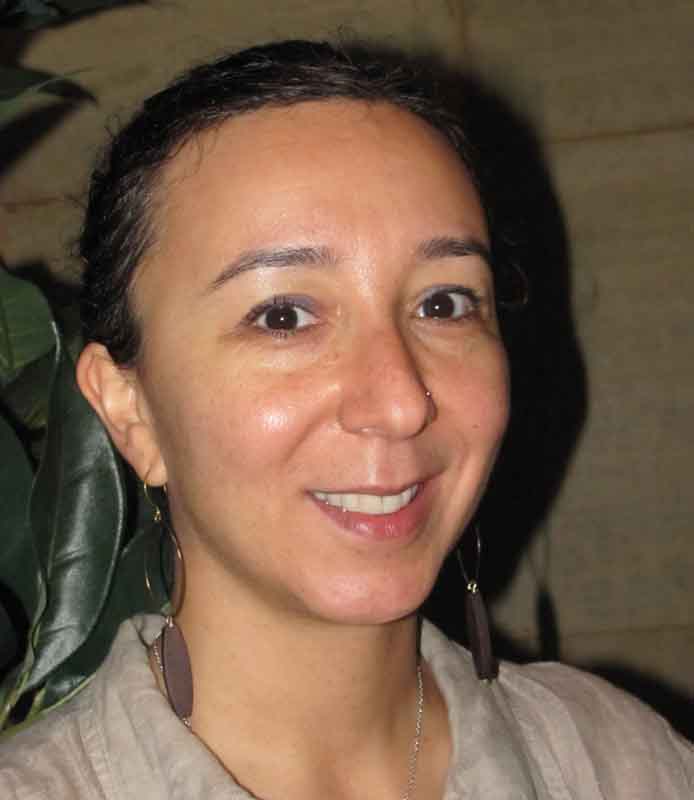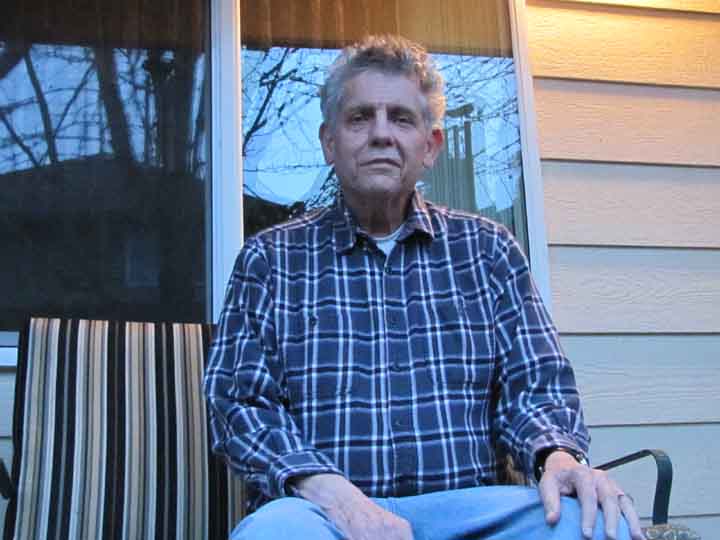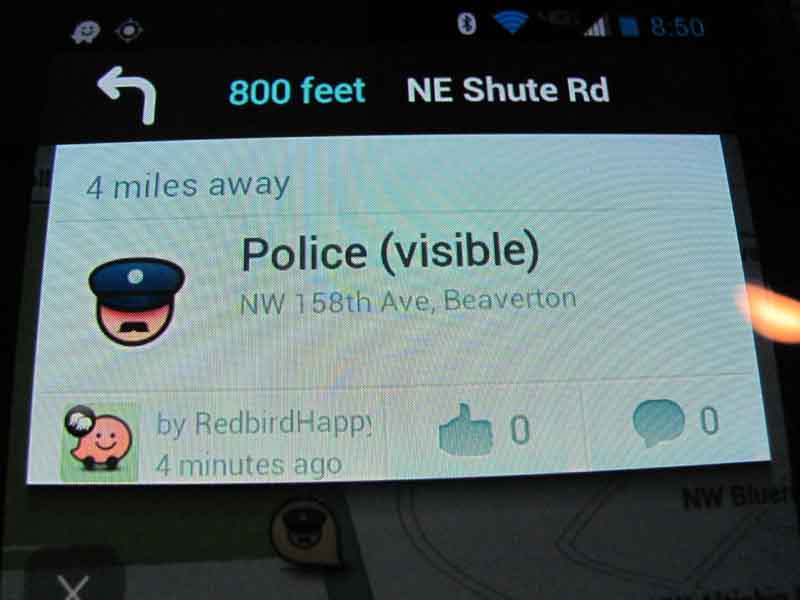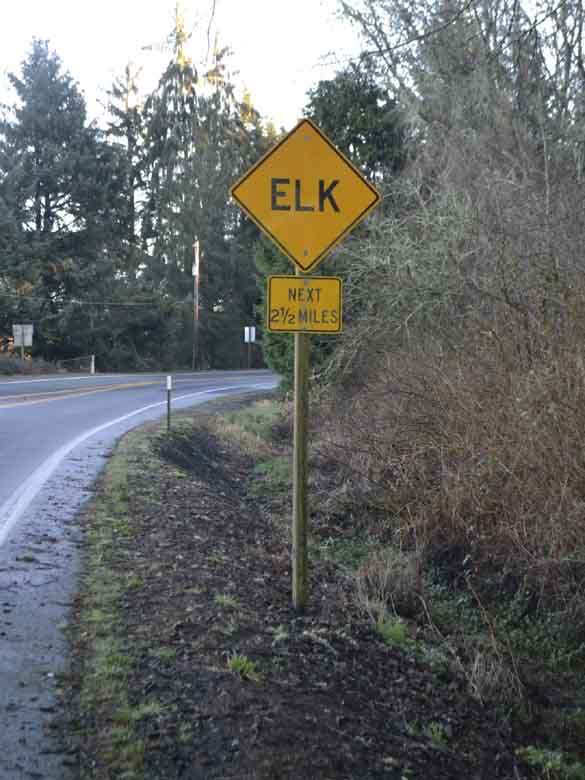
“Hey Alice, did you see that sign?” I asked my partner.
Alice and I had finished our first visit of the town of Astoria in late January, and were driving back at night to our apartment complex when a cautionary roadside sign advised us to watch out for – were my eyes deceiving me? – ELK?!!!
“ELK,” Alice said.
No, we weren’t imagining things. My GPS offered a shortcut back home to Hillsboro. Instead of driving due south toward Seaside where we would pick up US 26, the cellphone app advised that using Oregon highways 202 and 103 until reaching US 26 would save 2½ miles.
Oh, a different way to go, I thought, which would avoid highway fatigue. So instead of taking the long US 101 bridge across Youngs Bay, I turned onto Oregon Highway 202 and began climbing along the west side of the Bay. And what a surprise. The highways of our “shorter route” twist and turn through Oregon’s Coastal Range of mountains for 38 miles. And the first sign we had left civilization behind was an ELK sign.
No wonder we didn’t encounter traffic! But this little adventure should not take too much out of us, I thought, and our trusted GPS was watching over us all the way.
Within a few minutes, my confidence was shaken. We had become enveloped in fog.
Every sharp curve around imagined drop-offs were shrouded in the battleground between moist Pacific Ocean air and the mountains of the Clatsop State Forest. My hands gripped the steering wheel tightly, and the Ford Escape lovingly called “Betsy” responded well to my alternating use of the brake and accelerator pedals.
Then we came across another sign: ELK VIEWING POINT!

WTF???!!! Little did we realize that this highway crosses the heart of Jewell Meadows Wildlife Area. And January was the heart of Roosevelt elk viewing season, a popular pastime for visitors to the Coast. My eyes darted across the road from one side to the other, looking for any sign of a rogue bull elk charging across the highway. But how could we see such a creature while shrouded in fog?
I drove on, while Alice chided me for being openly nervous. But what did she expect? The sign had said: ELK!
While grasping the wheel, I imagined what fun we might have encountering a tree fallen across the highway. If such an obstacle was encountered, we would have to detour back to Astoria, because there no other highways were around. Oh what fun I had anticipating the worst.
When I finally encountered the turnoff to Route 103, my dread began to disappear. We made it this far. Only nine miles left to go before the main highway! Even the fog seemed to lift slightly from my elation, but only slightly.
Finally, we arrived at Highway 103’s junction with US 26, and we enthusiastically joined a line of traffic headed east toward Portland. Sure, there still was fog, but the cars ahead of me would lead the way to Hillsboro’s city lights and its 95,000 residents.
When we got home, I breathed a sigh of relief and silently thanked our good luck and any divine guidance that might have been looking over us. And over the next month, I tried not to drive at night.
Why? Because I feared some wayward animal might find its way in front of our car. Out here, one can anticipate an occasional brush with unexpected adventure.
After all, we had somehow wound our way through an imagined herd of ELK!
